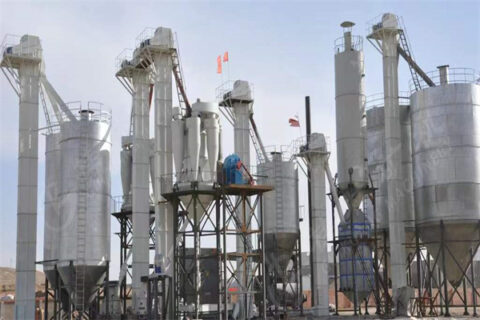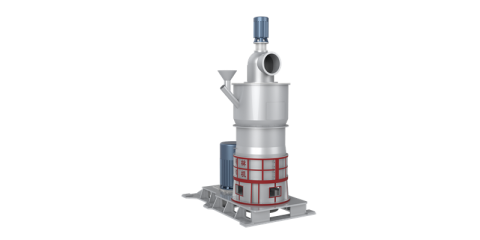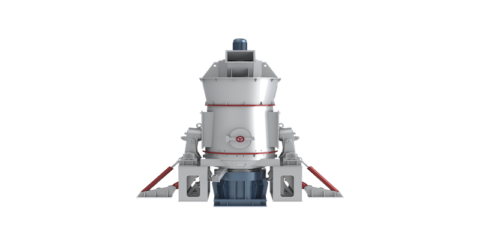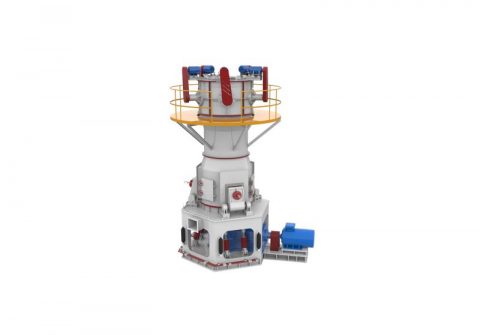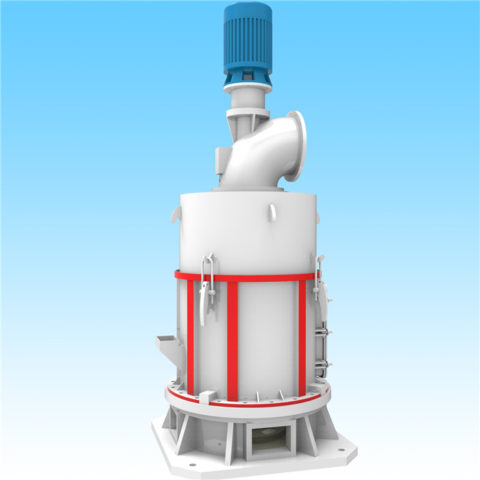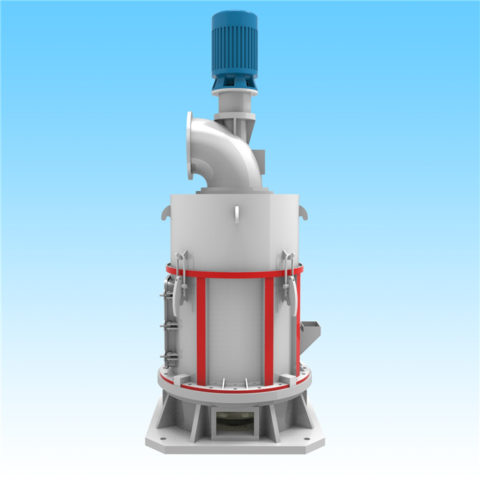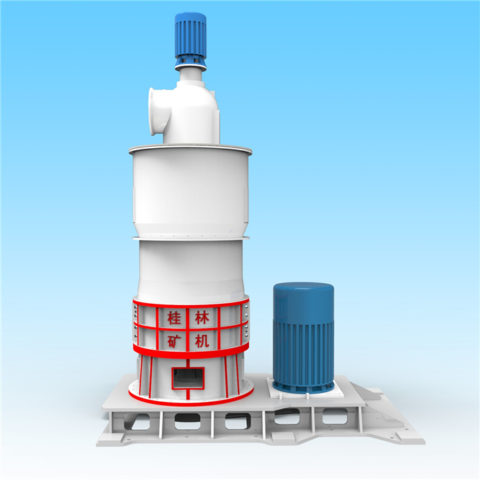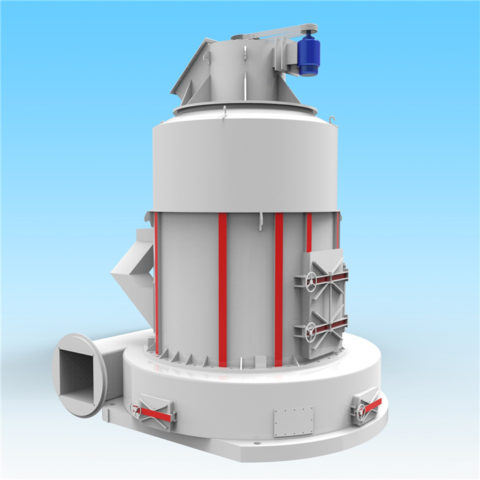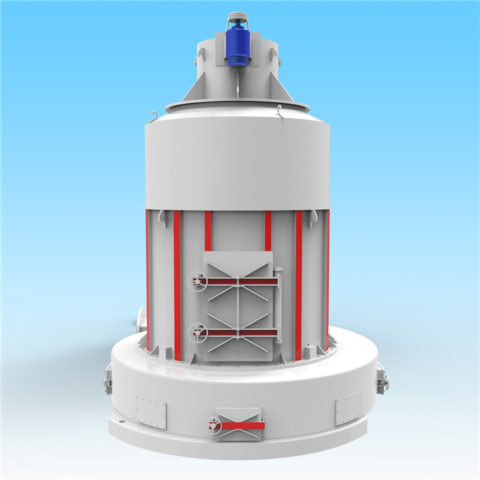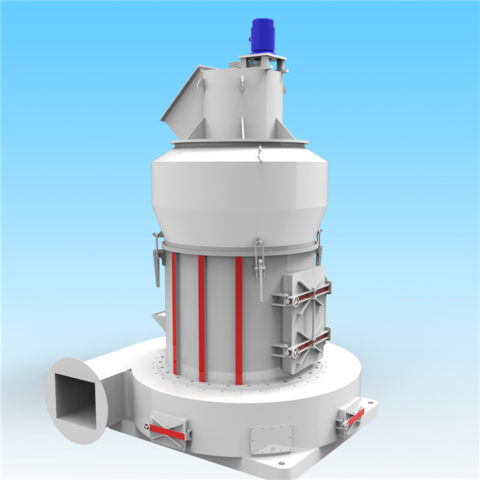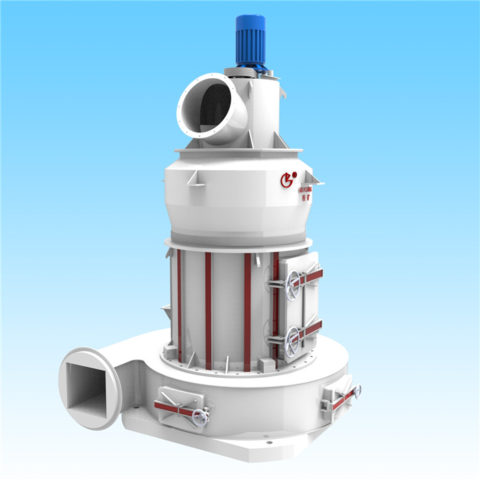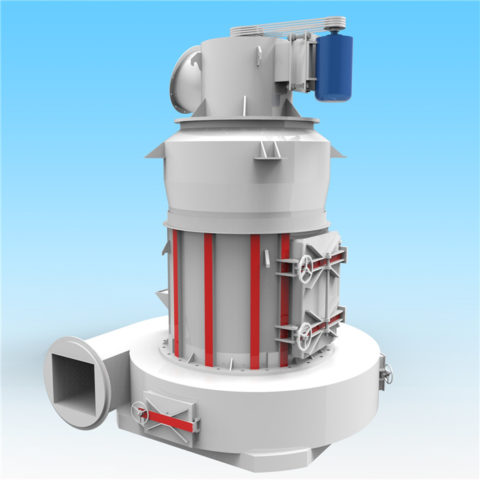How to solve the wear problem of Raymond mill accessories? The following small series gives you a detailed introduction to how the Raymond mill accessories can wear.
Raymond mill parts or other grinding equipment should be properly maintained and maintained. It is necessary to establish a safe operation system for equipment and equipment to ensure long-term safe operation of the mill. In the production process, scientific production must be carried out in accordance with the operating specifications of the Raymond mill.
Raymond mill accessories mainly include grinding sticks, grinding rings, assemblies, etc. Raymond mills generally need to change the stick after several hundred hours. This is known to many users, but many users of Raymond mill users can not solve the problems in the process of use.
Raymond mill accessories grinding roller and disc liner material generally use high-chromium cast iron or nickel-chromium alloy, but this material often breaks, the damage is quite serious, especially the loss of production, it is impossible to estimate. The influence of the hardness and fracture of the Raymond mill raw materials, the heat treatment and fracture of the accessories after the processing of the raw materials, and the friction and fracture of the Raymond mill accessories. In view of the above situation, it is recommended to make the following solutions.
Everyone knows that the harder the product is, the more wearable it is. Therefore, it is very simple to make a more wear-resistant grinding roller and grinding disc, because you only have to try to improve its hardness. Many foundries flank the castings with a chromium content of 30. %, HRC hardness reached 63-65, but in fact it is not the case.
The higher the hardness, the more the number of carbides (Cr7C3) contained in the casting is required, the more dispersed the distribution, the greater the probability of micropores and microcracks forming at the interface between the matrix and the carbide, and the probability of fracture. The bigger. And the harder the item, the harder it is to cut. Therefore, casting a Raymond mill fitting that is both wear-resistant and not easily broken is not as simple as imagined.
Raymond grinding roller operation method in Raymond machine
Raymond Mill is also known as Raymond Mill. It is suitable for the preparation of various mineral powders and the preparation of coal powder, such as fine powder processing of raw materials such as raw materials, gypsum mines and coal. Raymond mill, Raymond mill, high efficiency Raymond mill, high pressure roller mill. Then its accessories Raymond grinding roller in the use of operation methods need to pay attention to, the following small series for you to introduce in detail.
After the Raymond mill is installed, it can be tested by hand-cranking and confirming that there is no jam. The test run should be carried out with a 2-4h no-load test and a 5-6h load test.
1. No-load test
The no-load test run is carried out without feeding, and must meet the following requirements:
(1) The electric interlock system commissioning, according to the starting procedure, its starting and stopping are in line with the design requirements of the electric interlocking system;
(2) All fasteners should be firm and reliable, without looseness;
(3) The flywheel rotates smoothly;
(4) The bearing temperature rise does not exceed 30 °C.
(5) The bearing lubrication is normal and there is no oil leakage.
2. Load test
The load test should be carried out after the no-load test is passed. In addition to the no-load test requirements, the following requirements must be met:
(1) There should be no obvious vibration and abnormal noise. If it occurs, it must stop immediately, find out the cause, eliminate the fault, and re-test the vehicle;
(2) The feeding position is correct, the discharging is normal, and the product size and output are in compliance with the requirements.

